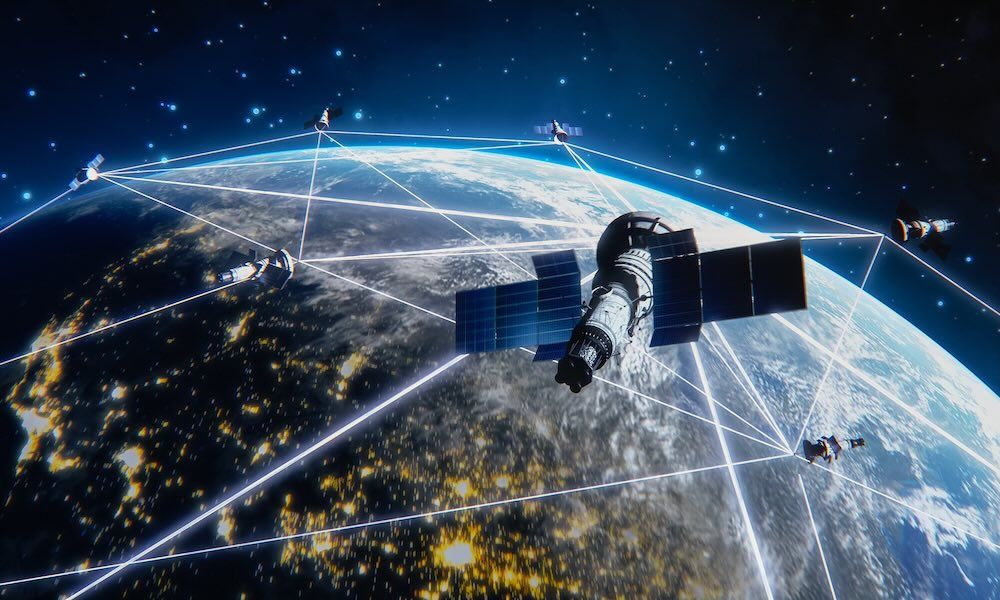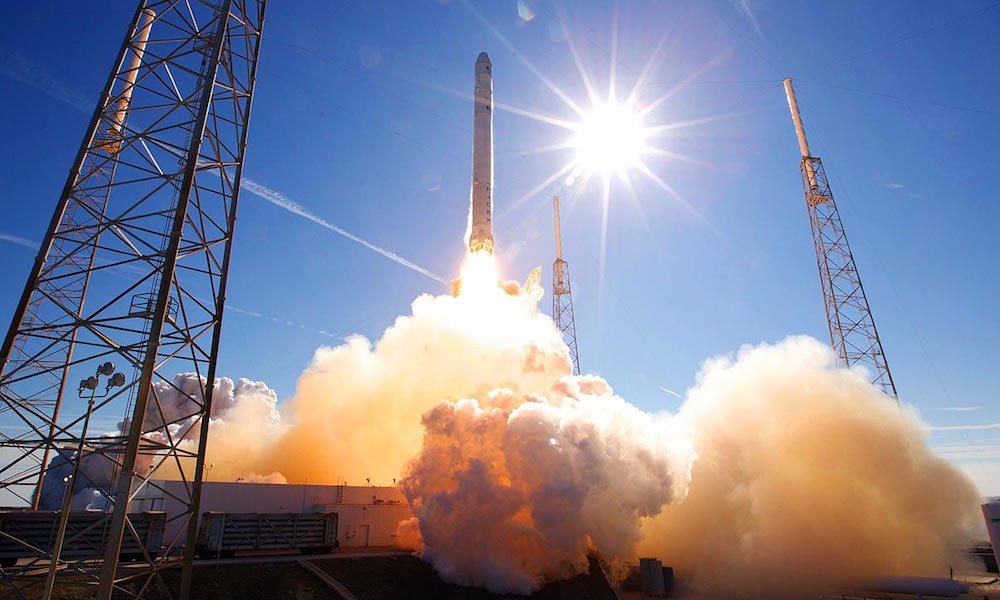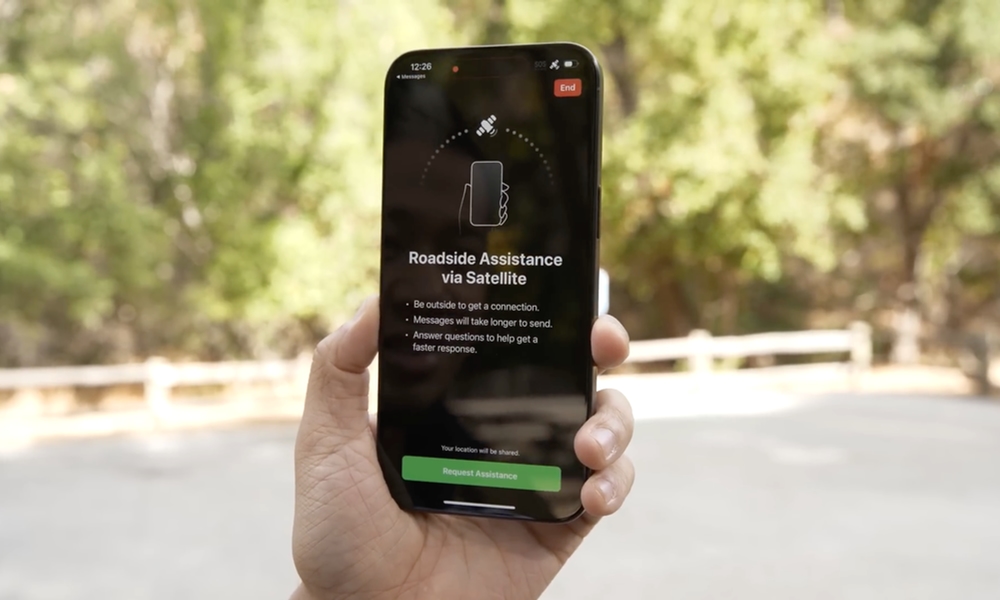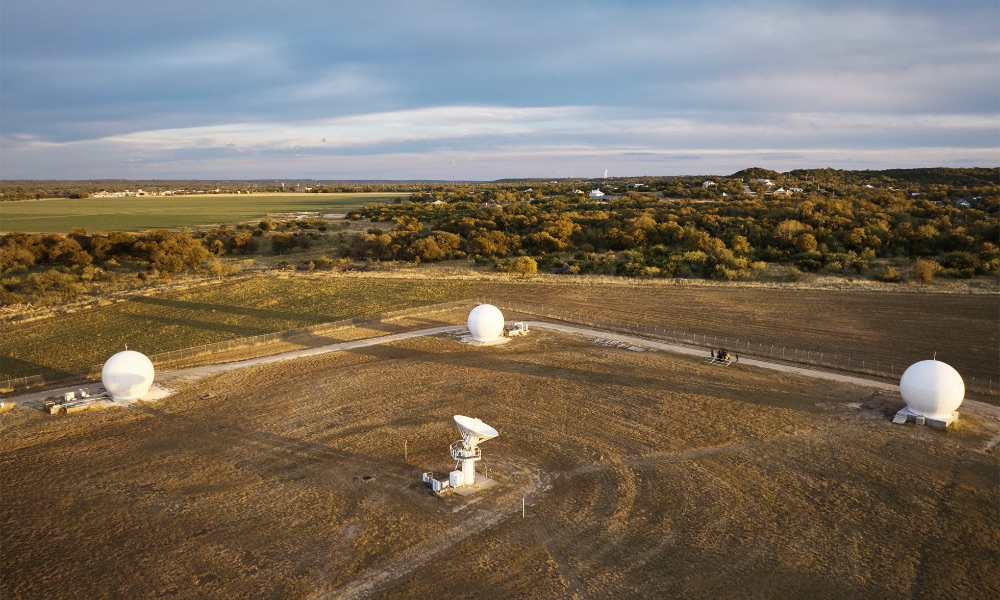Apple Once Considered Becoming a Satellite ISP
 Gorodenkoff / Adobe Stock
Gorodenkoff / Adobe Stock
Toggle Dark Mode
In what could have been an even more surprising twist than the ill-fated Apple Car, Apple once toyed with the idea of becoming a satellite internet service provider (ISP).
While we know Apple’s satellite ambitions go back to at least 2017, when it reportedly hired two prominent satellite engineers from Google, the prevailing theory was that Apple merely wanted to build an iPhone satellite network — a Starlink-style constellation whereby all iPhone users could subscribe to cellular services directly through Apple rather than carriers.
However, it turns out the company had even bigger ambitions. According to a new report from The Information, Apple wanted to go beyond the iPhone and offer an actual home internet service that would also displace broadband carriers.
Starting in 2015, Apple and Boeing held early discussions about a satellite internet project that would involve delivering full-blown wireless internet service, not just emergency communications services, to iPhones and homes, said five people involved in or briefed on the project.
Aaron Tilley and Wayne Ma, The Information
Dubbed “Project Eagle,” Apple planned to launch thousands of Boeing satellites into orbit that would blanket the planet with wireless coverage, delivering a seamless experience where Apple controlled all the pieces. New iPhones would include the necessary hardware to connect directly to these satellites, although it’s unclear whether Apple planned to use extended LTE frequencies like Starlink now does with 5G or rely on the more traditional satellite frequencies used for its current satellite services like Emergency SOS, Roadside Assistance, and Messages via Satellite.
It’s likely Apple would have chosen something closer to the latter approach to avoid the licensing issues surrounding cellular frequencies. After all, there’s a reason Apple’s satellite services are available globally while Starlink is limited to T-Mobile right now.
However, Apple also planned to take that a step further by offering home satellite transceivers, or “antennas people could stick to their windows to disperse their internet connection throughout the building,” as The Information describes it.
Apple aimed to cut out the middlemen — the carriers — as much as possible so the iPhone could thrive. “Some inside Apple saw mobile carriers as necessary but inconvenient partners that held the company’s iPhone plans back,” Tilley and Ma reported. That tracks with everything we heard during the 2017–2019 era when Apple was supposedly working on this, not to mention Apple’s typical desire to own all the important pieces of its technology stack. It’s the same mentality that’s inspired its work on 5G modem chips over the past seven years.
Apple reportedly spent around $36 million to test the concept at a secret facility in El Segundo, California. The goal was to launch the service in 2019, but in the end, it turned out to be too big a bite for even Apple.
In addition to being extremely costly — one satellite provider told Apple it could cost up to $40 billion just to deliver the initial service — Apple CEO Tim Cook was reportedly also concerned about destroying Apple’s relationship with the telecom industry. Since it wouldn’t be feasible to switch to a satellite-delivered service overnight, Apple would still need to get along with the carriers during the transition, but none of them would be eager to work with a company that was effectively out to steal away a significant number of their customers.
In 2018, Apple briefly considered scaling back the plan to deliver only home Internet, but the costs and lack of a near-term business plan that would see the company break even quickly put the kibosh on that.
Instead, Apple scaled things down even further, refocusing on providing emergency satellite connectivity in remote areas. This project ultimately launched as Emergency SOS via Satellite for the iPhone 14 in 2022.
Elon Musk’s Orbital Wars

Somewhere along the way, Elon Musk also jumped into the fray, offering to provide the iPhone with connectivity through Starlink. While the specific timeline for this isn’t entirely clear from the report, it seems that Musk began sniffing around when he heard that Apple was planning its emergency connectivity features.
Musk’s proposal was to provide exclusive satellite connectivity via his Starlink constellation for 18 months in exchange for an upfront payment of $5 billion, followed by $1 billion per year after that. He gave Cook 72 hours to decide, threatening to announce a competing satellite feature if Apple failed to agree to a deal.
Apple rejected that and went with Globalstar instead, building out its satellite connectivity on the S-band and L-band. Making good on his threat, Musk announced a partnership between SpaceX and T-Mobile two weeks before the iPhone 14 launched.
Musk also hasn’t recovered from being jilted by Cook. He’s considered making his own Tesla smartphone to compete with the iPhone and has backed up Epic Games in the fight against the App Store. Meanwhile, SpaceX has been fighting Globalstar at every turn, objecting to its plans to launch new satellites and its rights to the spectrum it uses for iPhone connectivity.
Apple’s decision earlier this year to embrace Starlink connectivity in iOS 18.3 may have been an attempt to throw Musk a bone. Still, it seems he wasn’t satisfied with Apple’s decision to limit the support to the iPhone 14 or later, which may be why Apple extended it to the iPhone 13 in iOS 18.5.
Meanwhile, there has reportedly been dissent from top Apple executives over continuing to offer Emergency SOS via satellite in a world where people are more likely to sign up for satellite features through their mobile carriers. Apple is spending hundreds of millions per year, particularly since it’s giving these features away right now — a choice that’s not entirely altruistic, as sources say Apple also fears being regulated as a telecommunications carrier and thereby being forced to allow the government to monitor iMessage and FaceTime conversations.
While we’re still likely years away from broader global availability of Starlink’s services, since SpaceX has to negotiate individual deals with each country and carrier, opponents of Apple’s satellite services, which reportedly include Apple software chief Craig Federighi, may eventually prevail in convincing Tim Cook to scrap its satellite features and cede the market to Elon Musk.










